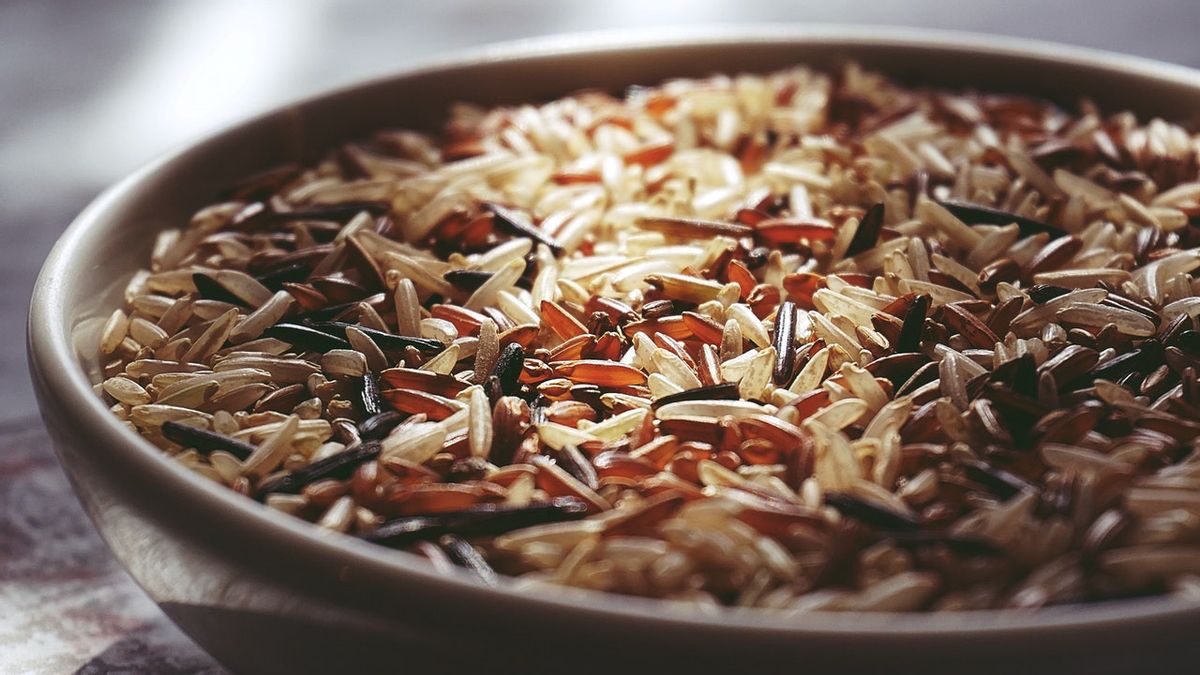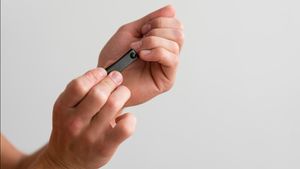JAKARTA – The glycemic index is an indicator to choose the food consumed, especially for someone with diabetes. But in addition to diabetics, someone who is on a diet aimed at losing weight also uses a measure of the glycemic index level in addition to carbohydrates.
By knowing the levels of the glycemic index in foods, it can be predicted how much blood sugar levels increase after eating these foods. The glycemic index is also a key measure to determine the glycemic load.
The glycemic load is a value that shows how much carbohydrates in a portion of food can increase blood glucose levels. This means, someone with diabetes mellitus needs to know the glycemic index of each food consumed in order to control blood sugar.
Rice or rice as a source of carbohydrates, of course, has a glycemic index level. For reference for your daily intake, here are the glycemic index levels of 5 types of rice.
black riceBlack rice is the same variety as brown rice, but has a higher fiber content and contains phytonutrients, vitamin E, protein, phytochemicals, and iron.

Reported by the Michelin Guide, Friday, July 2, the glycemic index of black rice is 42.3. The fiber content is three times higher than white rice.
More specifically, every 45 grams of uncooked black rice contains 160 calories, 4 grams of protein, 34 grams of carbohydrates, 1 gram of fiber, and meets 6 percent of daily mineral needs.
Basmati riceBasmati rice is longer than ordinary white rice which is archaeologically found in Udaipur, India. The term 'basmati' comes from the Indian language which means 'full of aroma'. In some places it is considered as flavored rice of superior quality.
Reported by WebMD, the glycemic index of basmati rice is between 50-58. This means that it has a medium glycemic level so it is recommended to consume it in small portions for diabetes. The fiber content can overcome constipation.
Shirataki riceThe next type of rice for diabetes is shirataki rice. In 100 grams of shirataki rice contains 37 kcal of energy, 0.1 grams of fat, 18.3 grams of carbohydrates, and 0.1 grams of protein.
Reported on the Nutrition Science page of the Faculty of Medicine, Diponegoro University, shirataki rice is considered the '10 best foods for health' by the World Health Organization (WHO). Surprisingly, the glycemic index of shirataki rice is almost 0.
Brown riceFurthermore, rice that can be used as an alternative or a variation of white rice is brown rice or brown rice. Based on the glycemic index table reported by Harvard Health Publishing, Harvard Medical School, 100 grams of brown rice has 68 glycemic index levels.
Brown riceThe last type of rice for diabetes, brown rice is a staple food that is often used as a substitute for white rice. The type of rice turned out to have a big effect on the level of the glycemic index. Well, for local brown rice, on average it has a glycemic index level of 54 - 81.
Of the five types of rice above, it can be used as a reference for your daily consumption. Especially for those of you with diabetes or who are undergoing a healthy diet.
The English, Chinese, Japanese, Arabic, and French versions are automatically generated by the AI. So there may still be inaccuracies in translating, please always see Indonesian as our main language. (system supported by DigitalSiber.id)













